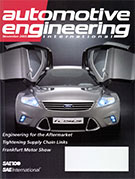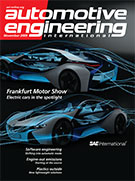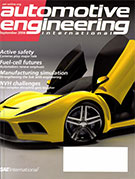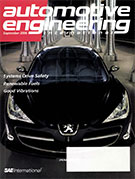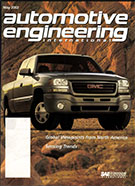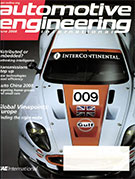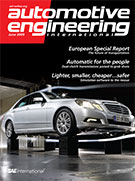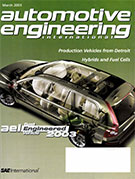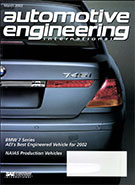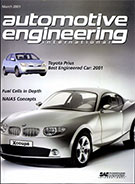Magazine

Autonomous Vehicle Engineering: May 2021
2021-05-01
Editorial Making Safety Standard The Navigator Sensor Monoculture is a Terrible Idea 3D-printed Radar Rises Toward Production Lunewave's unique Luneburg-lens technology aims to simplify vehicle radar arrays - and deliver better ADAS and AV performance. Accelerating Automotive Radar NXP's new, fifth-generation chipsets unleash 16-nm FinFet technology to the ADAS and AV markets. Autonomy's Computing Backbone Cloud-computing networks are speeding AV development and preparing to manage tomorrow's data-reliant AV fleets. Get in Line Evolving truck-platooning techniques are paving unique paths to high-level commercial vehicle autonomy. Ford in 'No-hands' Land BlueCruise hands-free driver-assist is available later this year for the Mustang Mach-E and F-150 pickup. ADAS-equipped Trucks Save Bucks Bosch research finds one specific driver-assistance feature may reduce costs associated with property damage by up to 35% for Class 7 and 8 trucks.

